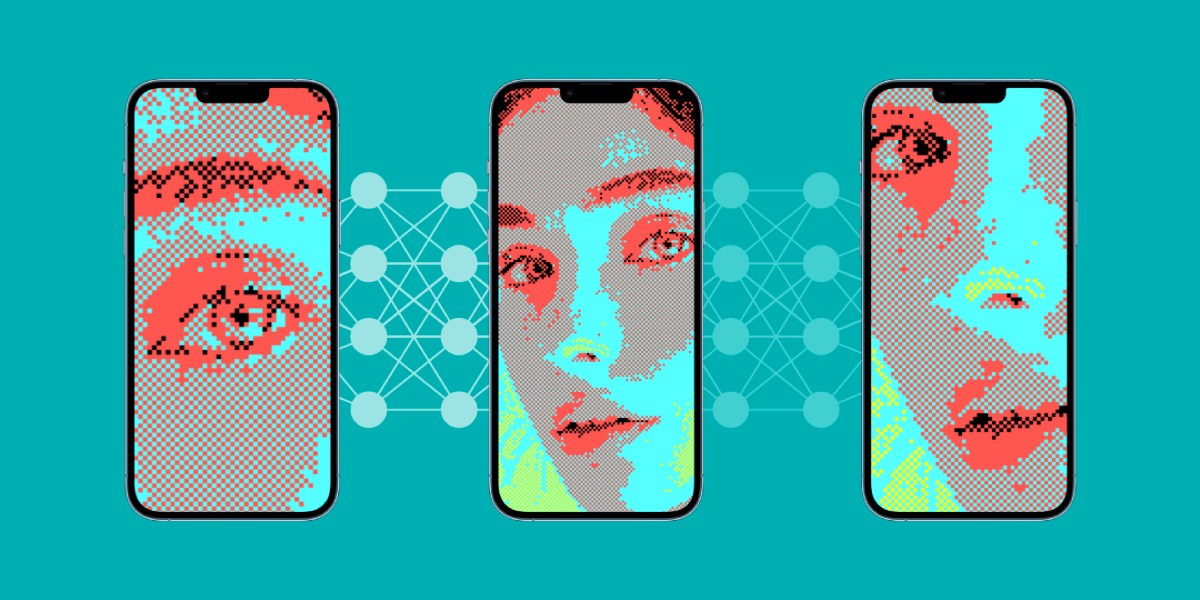Once we understand the psychological dimensions of AI companionship, we can design effective policy interventions. It has been shown that redirecting people’s focus to evaluate truthfulness before sharing content online can reduce misinformation, while gruesome pictures on cigarette packages are already used to deter would-be smokers. Similar design approaches could highlight the dangers of AI addiction and make AI systems less appealing as a replacement for human companionship.
It is hard to modify the human desire to be loved and entertained, but we may be able to change economic incentives. A tax on engagement with AI might push people toward higher-quality interactions and encourage a safer way to use platforms, regularly but for short periods. Much as state lotteries have been used to fund education, an engagement tax could finance activities that foster human connections, like art centers or parks.
Fresh thinking on regulation may be required
In 1992, Sherry Turkle, a preeminent psychologist who pioneered the study of human-technology interaction, identified the threats that technical systems pose to human relationships. One of the key challenges emerging from Turkle’s work speaks to a question at the core of this issue: Who are we to say that what you like is not what you deserve?
For good reasons, our liberal society struggles to regulate the types of harms that we describe here. Much as outlawing adultery has been rightly rejected as illiberal meddling in personal affairs, who—or what—we wish to love is none of the government’s business. At the same time, the universal ban on child sexual abuse material represents an example of a clear line that must be drawn, even in a society that values free speech and personal liberty. The difficulty of regulating AI companionship may require new regulatory approaches— grounded in a deeper understanding of the incentives underlying these companions—that take advantage of new technologies.
One of the most effective regulatory approaches is to embed safeguards directly into technical designs, similar to the way designers prevent choking hazards by making children’s toys larger than an infant’s mouth. This “regulation by design” approach could seek to make interactions with AI less harmful by designing the technology in ways that make it less desirable as a substitute for human connections while still useful in other contexts. New research may be needed to find better ways to limit the behaviors of large AI models with techniques that alter AI’s objectives on a fundamental technical level. For example, “alignment tuning” refers to a set of training techniques aimed to bring AI models into accord with human preferences; this could be extended to address their addictive potential. Similarly, “mechanistic interpretability” aims to reverse-engineer the way AI models make decisions. This approach could be used to identify and eliminate specific portions of an AI system that give rise to harmful behaviors.
We can evaluate the performance of AI systems using interactive and human-driven techniques that go beyond static benchmarking to highlight addictive capabilities. The addictive nature of AI is the result of complex interactions between the technology and its users. Testing models in real-world conditions with user input can reveal patterns of behavior that would otherwise go unnoticed. Researchers and policymakers should collaborate to determine standard practices for testing AI models with diverse groups, including vulnerable populations, to ensure that the models do not exploit people’s psychological preconditions.
Unlike humans, AI systems can easily adjust to changing policies and rules. The principle of “legal dynamism,” which casts laws as dynamic systems that adapt to external factors, can help us identify the best possible intervention, like “trading curbs” that pause stock trading to help prevent crashes after a large market drop. In the AI case, the changing factors include things like the mental state of the user. For example, a dynamic policy may allow an AI companion to become increasingly engaging, charming, or flirtatious over time if that is what the user desires, so long as the person does not exhibit signs of social isolation or addiction. This approach may help maximize personal choice while minimizing addiction. But it relies on the ability to accurately understand a user’s behavior and mental state, and to measure these sensitive attributes in a privacy-preserving manner.
The most effective solution to these problems would likely strike at what drives individuals into the arms of AI companionship—loneliness and boredom. But regulatory interventions may also inadvertently punish those who are in need of companionship, or they may cause AI providers to move to a more favorable jurisdiction in the decentralized international marketplace. While we should strive to make AI as safe as possible, this work cannot replace efforts to address larger issues, like loneliness, that make people vulnerable to AI addiction in the first place.

